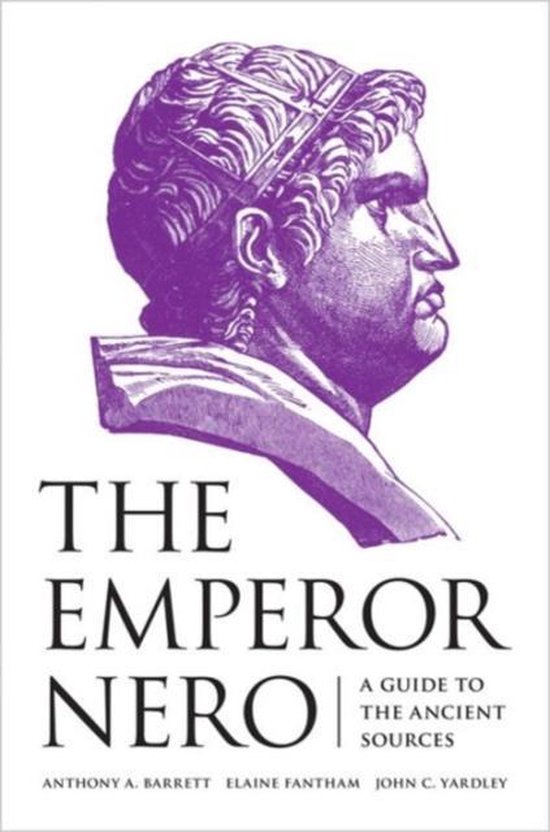

But it’s impossible to tell the story of Rome (or its eventual transition from a republic to an empire, without mentioning Julius Caesar. Technically, as the last ruler of Rome’s Republican era, Gaius Julius Caesar was never recognized as an emperor. Over that time, Rome was ruled by scores of kings, dictators and emperors who expanded it from a small city to an empire spanning nearly 2 million square miles and consisting of, historians estimate, anywhere from 50 to 90 million inhabitants. So who exactly left an indelible mark on ancient Rome?įrom its inception to its collapse in 476 A.D., ancient Rome had three distinct periods: Regal Rome, (753–509 B.C.), when monarchs ruled Republican Rome (509–27 B.C.), when Roman elected its governors and Imperial Rome (27 B.C.–476 A.D.), when a supreme ruler oversaw the empire, and in early years did so alongside the elected senate. The more-than-1,000-year span of influence that began with the founding of Rome in 753 B.C. While its influence on western civilization, in particular, has been ubiquitous, its remnants can be found virtually everywhere, from our calendar and political systems to our alphabet.

For example, a portrait bust of Vespasian, who served as Roman emperor from 69 to 79 A.D., in the Cleveland Museum of Art was recut from a head of Nero.Few periods in history have had a greater impact on humankind than that of ancient Rome. 16 to 17 Feature Auction 115.Ĭontemporary depictions of Nero in marble are not often seen today since many of his images were destroyed after his death following the damnatio memoriae (condemnation of memory) of Nero. It realized $25,000 at Classical Numismatic Group’s Sept. CNG described the impressive piece as Extremely Fine and lustrous, with a few minor die breaks. This aureus was struck in Rome around 64 to 65 and was previously offered in a 2001 Numismatica Ars Classica auction. It is a depiction of Nero’s Colossus, an approximately 120-foot-tall bronze statue of the emperor as Sol that was created by Zenodorus for a massive palace constructed by Nero after the famed fire of 64.

His laureate head looks right, while the reverse depicts a toga-wearing Nero, standing facing, left knee slightly bent, holding branch in right hand and Victory on globe in left. When compared with the upward glance seen on the gold solidus of Constantine in the Classical Numismatic Group September auction, the portrait on this gold aureus of Nero, 54 to 68, conveys a more direct and perhaps aggressive type of power.


 0 kommentar(er)
0 kommentar(er)
